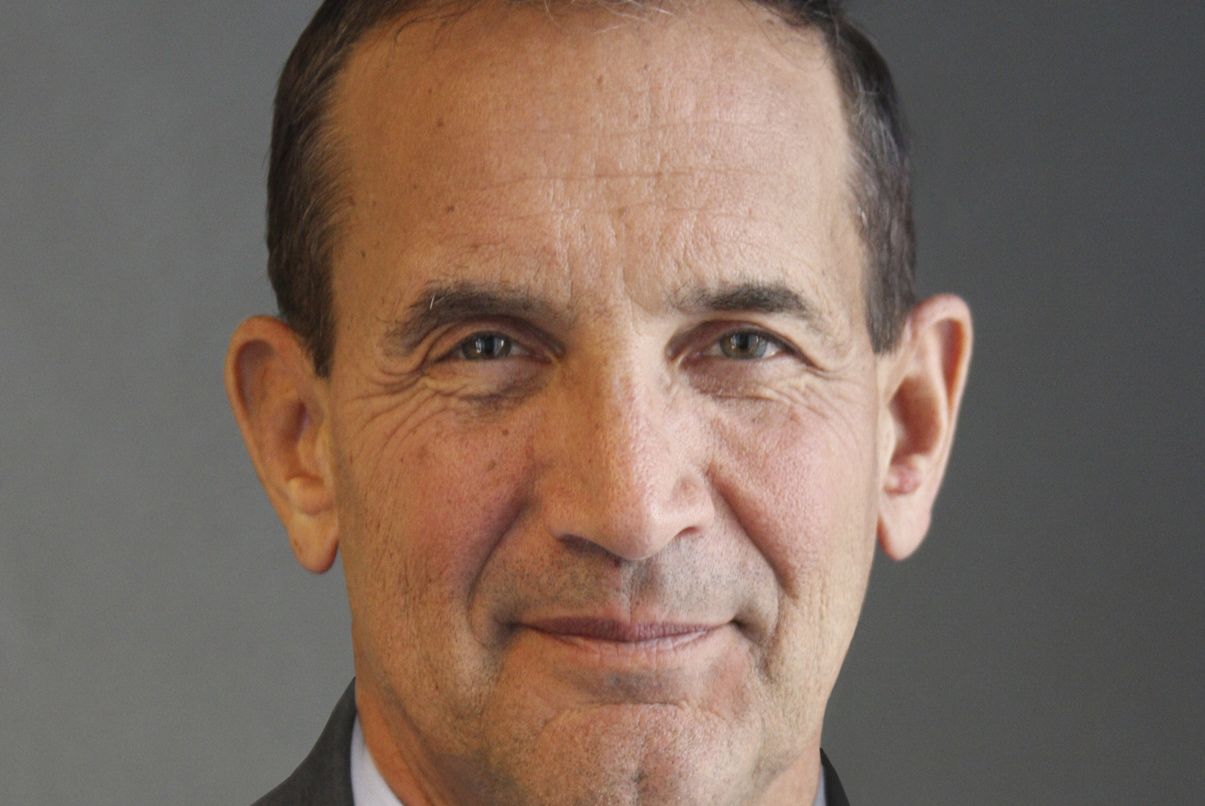The US central bank, the Federal Reserve, is the subject of criticism, no matter what it does. It has been roundly criticized for making money too easy and creating bubbles everywhere — in short, that its actions aren’t working. If its actions are working, then the talk is that this artificial support will have to be removed, and the Fed will trigger a market collapse by doing less.
I suspect, however, that the easy money accusation against the Fed —and the implication that stock prices have to fall without its efforts to keep rates low— may be erroneous. Here are my reasons:
Low rates and signaling
Now that its unusual program of bond buying known as quantitative easing has ended, the Fed is hinting that it will set out to slowly raise interest rates in 2015. By any comparison with previous cycles, rates are low and real rates, or stated government bond yields minus inflation, are abnormally low, especially when contrasted with the story of better growth in the US economy.
The Fed has already signaled its intention to let rates rise, and the equity market has continued to go up. Increases in interest rates, particularly those induced by the Fed, have historically been greeted by a rising, not falling, stock market. Why? Because such actions by the US central bank tend to occur in the face of expanding economic activity and the stock market welcomes sustainable growth. Also, price-to-earnings ratios often rise, not fall, in the face of protracted rate increases.
Debt and interest expense
The net debt held on the balance sheets of companies in the S&P 500 Index is much lower relative to their cash flow than we observed in the past three cyclical peaks. Therefore, a rise in rates won’t have the same negative impact on profits as in previous cycles. And the share of debt whose interest expense has been fixed is now at historical highs: 88% of the net debt of the S&P 500 is fixed with the issuance of public bonds, not at the mercy of flexible-rate bank loans. The high share of fixed-rate debt will also tend to cushion any shocks from rising rates.
Furthermore, US consumers — who buy most of the consumer goods and services produced by publicly traded companies — have far less debt relative to their disposable income than in other cycles. Thus, they won’t have to pull back spending that much to pay for higher debt service burdens.
Supply and demand imbalance
The world may be awash in government debt of all sorts, but it is also awash in savings and accounts that seek safety. Massive reserves have piled up in emerging markets, exporting countries and pension funds. These huge storehouses of money — accounting for about 28% of global GDP — reside mostly in US dollars and pursue primarily AAA-rated debt to purchase.
Yet the supply of triple-A debt has been dwindling as more countries receive lower ratings from credit agencies. And the United States, the world’s biggest supplier of new debt, has experienced smaller government deficits and so has less need to borrow. With the supply of good bonds shrinking while the demand for them rises, this imbalance tends to work in favor of higher bond prices and lower yields, which also puts a limit on how high US rates will go when the market, not the central bank, is determining rates.
Concluding thoughts
My first conclusion is that if the equity market was vulnerable to collapse from the Fed’s actions to taper this year and tighten next year, we would already have seen it by now. After all, the markets try to anticipate what is coming next. Fed rate increases should come as no surprise to investors who have known for years that rates haven’t been at the equilibrium levels that the markets would set.
Second, there is little support for the claim that the stock market is a bubble. Many valuation measures suggest the market is in fair value, not peak price, range. Third, inflation around the world is subdued or falling, further curbing the upward rise of interest rates.
Finally, the impressive profit performance of S&P 500 companies late in 2014 shows no signs of abating. I believe the evidence is piling up that the forward momentum of the US economy can support higher profits and higher rates.

